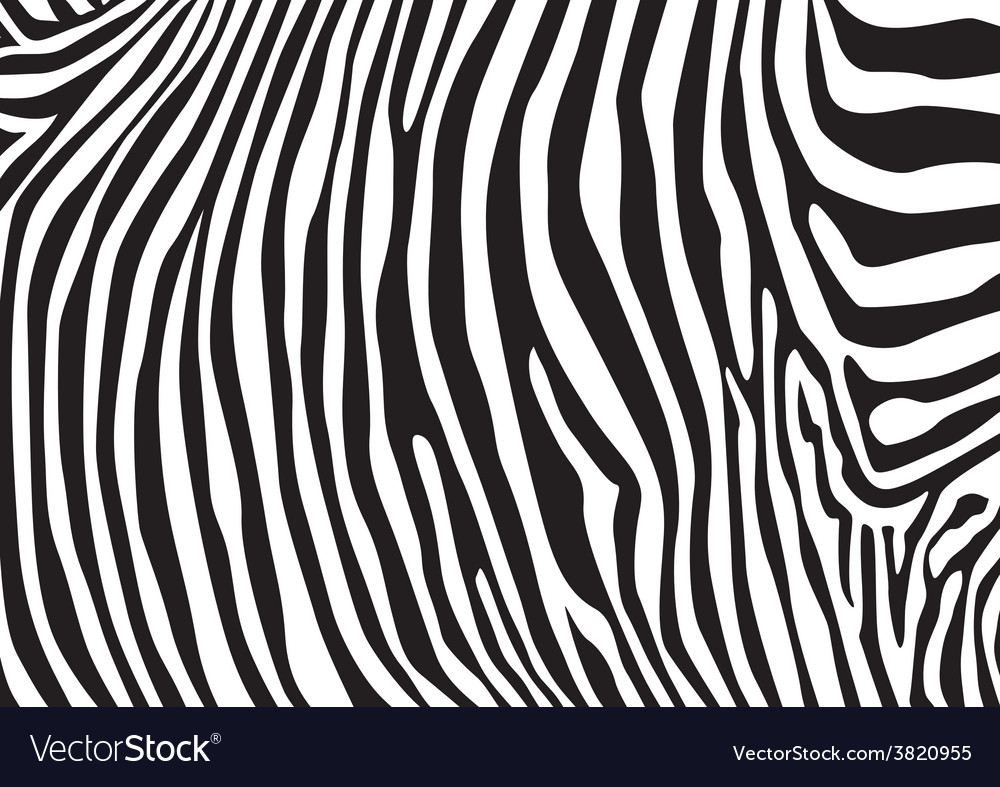

In the image above I have set the zebras to 52% and you can see the how the zebras are now across the skin tones of the mannequin.

This may be where skin tones become the best option. In the image above you can see that I have chosen custom zebra setting C1 and have changed the zebra level to 61% and also the zebra range (circled in yellow) to +/- 2%.īut what if you don’t have a white or grey card, perhaps there isn’t time to use one. This is the brighter end of the skin tone range, but with S-Log3 it is generally better to be a little bit brighter rather than a bit too dark. For faces and skin tones the value I chose to use is 52%. To measure the brightness of a grey card, 41%. To measure the brightness of a white card you will need to set the level to 61%. But you will need to set the Zebra level to the right custom level depending on what you want to measure. With the FX3 and a7S III, zebras are in my opinion the best way to check your S-Log3 exposure levels. So, by setting the zebras to the appropriate value we can use them to measure how bright specific parts of our images are.

If you are coming from a stills camera that doesn’t have zebras, they are a hatched line pattern that is superimposed in the viewfinder over the parts of your image that are at the brightness level defined in the camera’s zebra settings. Zebras are your friends (in the UK they are zeb-raas, everywhere else they seem to be zee-bras). The a7S III works in exactly the same way so these suggestions apply equally to both.įirst of all, what are the brightness levels we need to know?
#Zebra pattern movie#
So, if you are using a 1/60 th shutter, a light meter in movie mode would be need to be set to 30fps.īut what about the in-camera options? I’m going to start with some examples using the Sony FX3. Sekonic light meters in their movie mode assume you are using a film camera with a 180 degree shutter by default. Just remember that if using a light meter, make sure the camera’s shutter speed is matched to the light meter.
#Zebra pattern iso#
Sony’s ISO ratings for S-log3 appear to be spot on, so accuracy is largely down to the calibration of your light meter and the care you take when using it. You’ll be glad to know that if I use my light meter to set my exposure it’s normally within half a stop of perfect. However, they are still a useful option as we often shoot faces and people.Īnd what about a good old fashioned light meter? Well of course you can use a light meter. You can also use faces and skin tones, but there is a very wide range of variation in the brightness of faces. Generally a little bit brighter than a proper 90% white card, but any error this introduces will be very small, so white paper isn’t such a terrible compromise. As a “get out of jail” alternative a piece of paper isn’t a terrible option. However, I’m also well aware that there may be times when you don’t have access to a proper white or grey card. There are ridged charts from companies such as DSC Labs or X-Rite as well as handy, folding, pop-up charts from Lastolite.
#Zebra pattern Patch#
It needs to be a reasonable size as it’s much easier to measure the brightness of a large white/grey card than a tiny patch on a chip chart or similar. I strongly urge anyone that shoots with S-Log3 regularly to invest in a good, reasonably large, good quality white and grey card.

But there are plenty of other cards on the market to choose from. My favourite is actually the back of a DSC labs “One Shot” chart as this has both middle grey and 90% white side by side. The best reference you can get will be a proper 90% reflectivity white card or an 18% reflectivity “middle grey” card. Any exposure measurement or assessment requires some kind of reference.


 0 kommentar(er)
0 kommentar(er)
